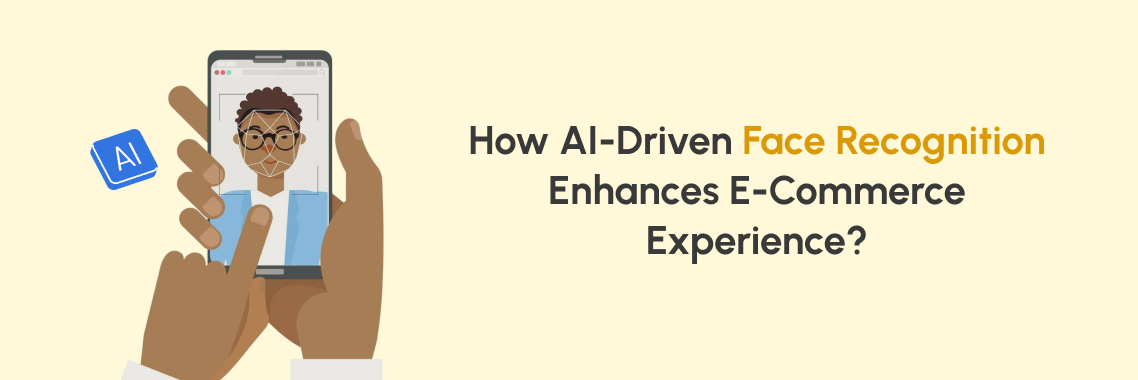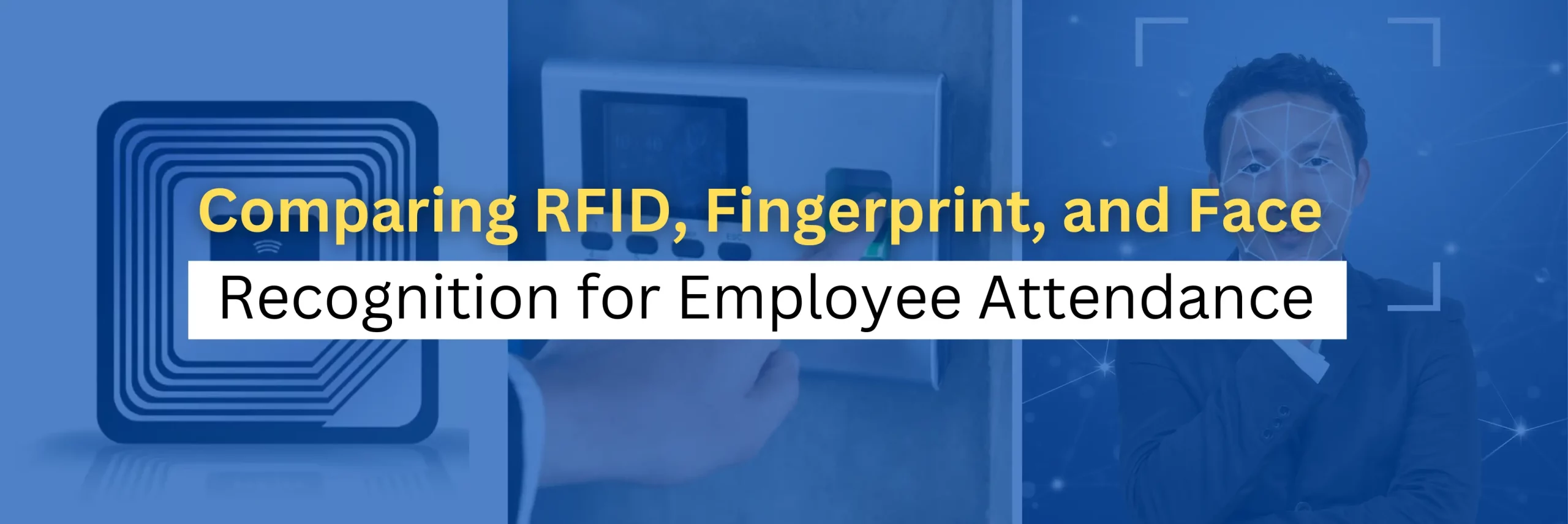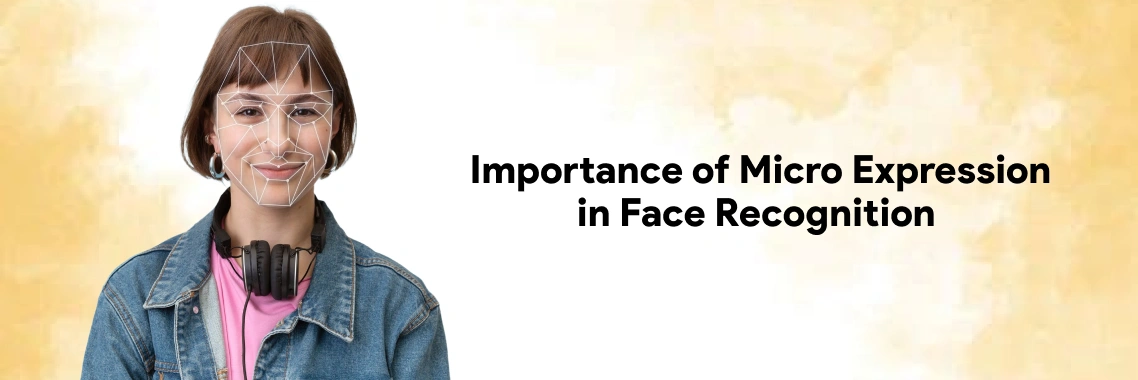How AI-Driven Face Recognition Enhances E-Commerce Experience?
Have you ever been surprised by how you’re directed to your favorite products in online shopping or how tons of relevant products are recommended in e-commerce sites and apps that you’ve ever searched?
This futuristic shopping experience becomes realistic with AI-driven face recognition - fast, simple, and personalized.
And, the secret behind it is a deep-down analysis of your long-term web browsing habits and shopping data. In fact, the process is the key to direct better customer engagement, higher customer retention, and elevated sales conversion rates.
Isn’t it amazing to build customer loyalty by making them highly satisfied? If you agree, this is the blog for you to know how you can utilize face recognition to reshape online shopping with personalization and customer insights.
So, let’s begin!
How does AI-driven Face Rec Work to Improve the Ecommerce Experience?
To unlock real-time 1-1 customer experience in every touch point even in online shopping, today's e-commerce web and app are backed by the powered duo - AI and face recognition. This unique intelligence sparks customers’ buying behavior while meeting the following process:
Analyze customer insights
Profiling - if it’s not there, customers lose interest in moving forward with your brand. As e-commerce apps have access to files on your customers’ phones, and/or, social media profiles, they can easily control what they have to see in online surfing.
Now, what makes it possible? Needless to say, the process starts when face and AI’s deep learning algorithms identify individuals’ facial features, analyze micro-expressions, and extract facial vector data to compare and categorize them.
And in between, it detects the current trend on customer visits for any particular product, real-time interaction with personalized product displays, and all sorts of individuals’ order history, payment, and preferences.
By analyzing these wholesome ingredients on customer insights, it creates specific shopping habits - differentiating personalized recommendations based on users' features like age, race, or ethnicity. Thus, face rec technology puts calculative attractiveness softly in the e-commerce shopping experience.
Reduce abandoned carts & transactions
Impulsive buying - it’s not what your long-term customers want to be in.
No offense but data shows how 40% of customers are trapped into burning their bucks through impulse purchases. Reason? Customers are in love to hit online shops and buy aesthetically pleasing items.
However, further, this type of shopping therapy can lead to regret instead of an awesome feeling. And, if their cart is left alone for long, it can hurt your sales potential as well.
However, with face recognition, this probability gets lower. Instead of inspiring your customers with ‘can’t miss’ moments and diving them into any unplanned purchases, it can control recommending coveted items that are unexpectedly too tempting.
Additionally, the technology can hold back encountering customers with unanticipated fees at checkout or account creation necessity in a one-off purchase. Instead, it can simplify registration and streamline face-verified transactions to control drop-off due to interruption.
Ensure security at every corner
As a trendy e-commerce brand, will you want your customers to follow other reputed brands to fulfill the same buying purpose? Is it reasonable to excuse yourself if your customers’ data gets snatched?
Probably, you won’t. You know people are tired of facing fraudulence especially when online retail sharks or newbies promise their customer data won’t breach at any cost, but they fail. And, that’s why
Instead of imposing promises, implying an extra layer of security is needed indeed.
And the solution with face recognition isn’t really tough as each face and their distinguished features are really unique. After all, when you make better practices to develop with face rec to solve the problem of fake selfies, face masking, aging, or twining, it works to eliminate suspicious activities.
Practical Use Cases of AI-driven Face Rec that Shows Ecommerce Personalized Experience
It looks like a logical development as there’s hardly anyone today without smartphones and built-in cameras in them. And, today there are multiple trendsetters confirming orders and payments with personalized notes while keeping customers away from the old-school process of typing passwords or PINs.
AI-powered Face recognition is pretty safe and with it, you can put the cart before the horse to enhance customers’ online shopping experience - at least the following real-time use cases tell you so.
- Hyper personalized shopping: Probably neither Gen Z prefers 80-year-old grandmoms’ recommendations, nor an oily skin suits dry skin regime. Think about what if face rec notices every minute detail that your bare eyes can’t and AI tailors exact suggestions - just like Sephora’s in-store AI kiosk analyzes skin tone while capturing faces and recommends ideal makeup shades.
- Virtual try-ons: Though creating hype on exclusive products can be a selling goldmine for you, many customers find it uncomfortable as they’re not sure whether their appearance would be graceful. And, there comes 3D face recognition based virtual try-ons - recommendations are apt for ‘Fit within figures and personality’, like the way Lenskart’s 3D try-on service lets customers see how the latest specs fit their looks.
- Smooth online transactions: “Oops! Your transaction failed due to hitting the wrong PIN.” Think about your customers getting this pop-up as you don’t have any other option except Google Wallet or stripe payment that remains undone without PINs. They want one-click secure checkouts as provided by MasterCard’s “Selfie Pay” or Alibaba’s “Smile to Pay” - no hassle, no number remembrance, only happy recognition.
- Customer loyalty programs: Who doesn’t love to be treated as important as your nearest one? And, if you treat your customers like a VP with unexpected deals, who knows when they become your brand’s biggest advocate before asking? The trick is already applied by KFC China, using AI face recognition to apply loyalty rewards automatically and drop-down pricing.
- Identity theft prevention: And, finally, let’s not forget mischievous people who are even detected by face recognition. That gives more control over legitimate user account access and conducts transactions as Amazon does with face recognition.
Consider Face Recognition API to Improvise Your Ecommerce Business
While e-commerce apps will remain mobile-first users’ first choice and websites still hold the better conversion trends, many customers are still conservative about bang-on trends.
Reasons are already explained - adding many steps to reach the last step or complex registration and check-out derail the experience. Place yourself in your customers’ shoes, you’ll understand it all can trigger you to drop off.
When real e-commerce experience trends enhance user experience, cut off multiple steps, and utilize behavior analysis with power pack AI and face recognition - you can make it work for your brand as well.
And, therefore, you can try out Lystface facial recognition API - you’re still not too late!





